Home>Storage & Organization>Kitchen Organizing Tools>How To Train A Stray Cat To Use A Litter Box


Kitchen Organizing Tools
How To Train A Stray Cat To Use A Litter Box
Modified: February 25, 2024
Learn effective techniques for training a stray cat to use a litter box with the right kitchen organizing tools. Transform your home with these helpful tips.
(Many of the links in this article redirect to a specific reviewed product. Your purchase of these products through affiliate links helps to generate commission for Storables.com, at no extra cost. Learn more)
Introduction
Training a stray cat to use a litter box can be a rewarding and fulfilling experience for both the cat and the caregiver. Stray cats, often having lived outdoors without the guidance of a human companion, may not be accustomed to using a litter box. However, with patience, understanding, and the right approach, it is possible to successfully teach a stray cat this essential behavior.
In this comprehensive guide, we will explore the step-by-step process of training a stray cat to use a litter box, offering valuable insights and practical tips to ensure a smooth and successful transition. By understanding the unique needs and behaviors of stray cats, as well as creating a safe and comfortable environment, you can lay the foundation for a positive training experience. Introducing the litter box in a gentle and gradual manner, along with providing encouragement and support, will help the stray cat embrace this new habit.
Throughout this guide, we will address common challenges and concerns that may arise during the training process, offering effective strategies to overcome obstacles and promote a positive outcome. By following these guidelines and approaching the training process with empathy and patience, you can make a meaningful difference in the life of a stray cat while fostering a strong bond based on trust and understanding.
Key Takeaways:
- Helping a stray cat use a litter box requires patience, understanding, and creating a safe, calm environment. By being gentle and observant, caregivers can guide the cat to embrace this new routine with positivity and support.
- Understanding a stray cat’s background and addressing their individual needs are crucial in successful litter box training. By respecting the cat’s preferences and offering consistent care, caregivers can build trust and create a positive experience for the cat.
Read more: How To Train A Cat To Pee In The Litter Box
Understanding the Stray Cat's Background
Before embarking on the journey of training a stray cat to use a litter box, it is crucial to gain insight into the cat's background and previous experiences. Stray cats, by nature, have often lived independently outdoors, navigating their surroundings without the guidance or support of a human caregiver. This unique background shapes their behaviors, preferences, and responses to new environments and stimuli.
Stray cats may have developed survival instincts that differ from those of domesticated cats. Their experiences in the wild, including finding food, seeking shelter, and interacting with other animals, have shaped their instincts and habits. Understanding the stray cat's background allows caregivers to approach the training process with empathy and a deeper appreciation for the cat's journey.
Additionally, it is important to consider the potential traumas or challenges that a stray cat may have encountered while living on the streets. These experiences can influence the cat's trust in humans, their comfort with enclosed spaces, and their overall receptiveness to new routines. By acknowledging the potential impact of past experiences, caregivers can tailor their approach to training, ensuring that the process is gentle, patient, and respectful of the cat's individual history.
Furthermore, observing the stray cat's behavior and body language can provide valuable clues about their comfort level and readiness for training. Some stray cats may exhibit signs of fear, hesitation, or wariness in response to new environments or interactions. By recognizing these cues, caregivers can adjust their approach, gradually building trust and creating a sense of safety for the cat.
In essence, understanding the stray cat's background goes beyond acknowledging their physical living conditions; it involves recognizing the emotional and psychological impact of their experiences. By approaching the training process with empathy, patience, and a deep understanding of the cat's background, caregivers can lay a solid foundation for successful litter box training, fostering a sense of security and trust that is essential for the cat's well-being.
Creating a Safe and Comfortable Environment
Creating a safe and comfortable environment is a crucial first step in training a stray cat to use a litter box. Stray cats, having lived outdoors, may initially feel apprehensive about confined spaces and unfamiliar surroundings. By establishing a secure and inviting environment, caregivers can alleviate the cat's anxiety and lay the groundwork for successful litter box training.
Providing Shelter and Security
Before introducing the litter box, it is essential to ensure that the stray cat has access to a safe and secure shelter. This can be a designated area within the home, such as a quiet room or a cozy corner, where the cat can retreat and feel protected. Providing a comfortable bed, blankets, and a hiding spot, such as a cardboard box or a covered cat bed, can offer the cat a sense of security as they acclimate to their new environment.
Gradual Introduction to Indoor Spaces
For stray cats accustomed to outdoor living, the transition to an indoor environment can be overwhelming. Caregivers should introduce the cat to indoor spaces gradually, allowing them to explore and adjust at their own pace. This gradual approach can help reduce stress and anxiety, allowing the cat to become familiar with the sights, sounds, and scents of their new surroundings.
Read more: How To Train A Ferret To Use A Litter Box
Access to Food, Water, and Litter Box
Ensuring that the stray cat has easy access to food, fresh water, and a clean litter box is essential for their well-being. Placing these essentials in close proximity to the cat's shelter area can encourage the cat to feel comfortable and secure while meeting their basic needs. Additionally, providing a variety of hiding spots and elevated perches can give the cat options for observing their surroundings and feeling safe.
Creating a Calm and Quiet Atmosphere
Minimizing loud noises, sudden movements, and other potential stressors can help create a calm and peaceful environment for the stray cat. Caregivers should strive to maintain a tranquil atmosphere, allowing the cat to feel at ease and gradually build trust in their new surroundings. This serene environment sets the stage for successful litter box training, as the cat feels secure and relaxed in their designated space.
By prioritizing the creation of a safe and comfortable environment, caregivers can establish a foundation of trust and security that is essential for successful litter box training. This thoughtful approach sets the stage for the next phase of the training process, as the stray cat begins to acclimate to their indoor surroundings and the introduction of the litter box.
Introducing the Litter Box
Introducing the litter box to a stray cat is a pivotal step in the process of acclimating them to indoor living and establishing a consistent bathroom routine. When approaching this phase of the training process, it is essential to be patient, observant, and considerate of the cat's unique background and experiences. By following a thoughtful and gradual approach, caregivers can help the stray cat embrace the litter box as a comfortable and familiar space for their essential needs.
Selecting the Right Litter Box
Choosing the appropriate litter box is the first consideration when introducing this essential element to the stray cat. Opt for a spacious, low-entry litter box that provides ample room for the cat to move comfortably. Additionally, consider the cat's potential preferences by selecting a box with low sides, making it easily accessible for a cat that may not be accustomed to enclosed spaces.
Read more: How To Train A Dog To Use A Litter Box
Selecting the Right Litter
Selecting the right litter is equally important, as the cat's comfort and acceptance of the litter box depend on this choice. Start with a basic, unscented clumping litter, as strong fragrances may overwhelm the cat, especially if they are not accustomed to such scents. Additionally, consider offering a variety of litter options, such as clay, silica, or natural alternatives, to determine the cat's preference.
Placement and Accessibility
Strategic placement of the litter box is crucial in encouraging the stray cat to use it consistently. Position the litter box in a quiet, easily accessible location, preferably near the cat's shelter area. This proximity allows the cat to feel secure while using the litter box and minimizes the likelihood of accidents as they become familiar with their indoor environment.
Gentle Introduction and Encouragement
Introducing the stray cat to the litter box should be a gentle and gradual process. Place the cat in the vicinity of the litter box, allowing them to explore and become accustomed to its presence. Offer gentle encouragement and praise as the cat investigates the litter box, reinforcing positive associations with this new space.
Patience and Observation
Patience is key during the introduction phase, as the stray cat may require time to adjust to the concept of using a litter box. Observe the cat's behavior and body language, noting any signs of curiosity or interest in the litter box. Avoid forcing the cat to use the box, as this can create stress and resistance. Instead, allow the cat to approach the litter box at their own pace, offering support and reassurance along the way.
By approaching the introduction of the litter box with sensitivity and patience, caregivers can create a positive and encouraging environment for the stray cat. This gradual process sets the stage for successful litter box training, laying the foundation for a consistent and comfortable bathroom routine for the cat.
Read more: How To Train A Puppy To Use A Litter Box
Encouraging the Stray Cat to Use the Litter Box
Encouraging a stray cat to use the litter box involves a delicate balance of patience, positive reinforcement, and attentive observation. As the cat becomes familiar with the presence of the litter box, caregivers can employ various strategies to promote the cat's comfort and confidence in using this essential space for their bathroom needs.
Establishing a Routine
Consistency is paramount when encouraging a stray cat to use the litter box. By establishing a regular feeding schedule and observing the cat's natural bathroom habits, caregivers can anticipate the optimal times for the cat to use the litter box. Encouraging the cat to visit the litter box after meals or play sessions can help reinforce the routine and create positive associations with this designated space.
Positive Reinforcement
Offering positive reinforcement, such as verbal praise, gentle petting, or small treats, when the cat uses the litter box reinforces the desired behavior. This positive association encourages the cat to view the litter box as a safe and rewarding space, further promoting their willingness to use it consistently.
Maintaining a Clean Environment
Keeping the litter box clean and odor-free is essential in encouraging the stray cat to use it regularly. Regularly scooping soiled litter, replacing it with fresh litter, and maintaining cleanliness in the surrounding area ensures that the cat feels comfortable and hygienic when using the litter box. Additionally, avoiding strong-scented cleaning products near the litter box helps maintain a neutral and inviting environment for the cat.
Read more: How To Train A Hamster To Use A Litter Box
Observing and Adjusting
Caregivers should closely observe the cat's behavior and response to the litter box, noting any signs of hesitation, discomfort, or reluctance. By remaining attentive to the cat's cues, caregivers can adjust the litter box placement, litter type, or other environmental factors to better suit the cat's preferences and promote their confidence in using the box.
Avoiding Punishment
In the event of accidents outside the litter box, it is crucial to avoid punishment, as this can create stress and anxiety for the cat. Instead, focus on reinforcing positive behaviors and gently redirecting the cat to the litter box, emphasizing encouragement and support.
By employing these strategies and maintaining a patient, supportive approach, caregivers can effectively encourage a stray cat to use the litter box consistently. This positive reinforcement and attentive guidance lay the groundwork for a successful transition to indoor living and a comfortable, reliable bathroom routine for the cat.
Addressing Challenges and Concerns
As caregivers embark on the journey of training a stray cat to use a litter box, they may encounter various challenges and concerns that require thoughtful consideration and proactive solutions. Understanding and addressing these potential obstacles is essential in ensuring a positive and successful training experience for both the cat and the caregiver.
Overcoming Fear and Anxiety
Stray cats, having lived independently outdoors, may initially exhibit fear or anxiety when introduced to an indoor environment and the concept of using a litter box. Caregivers should approach this transition with empathy and patience, allowing the cat to acclimate at their own pace. Providing a secure shelter, gentle encouragement, and a calm environment can help alleviate the cat's apprehension and build trust over time.
Read more: How To Train A Kitten To Use A Litter Box
Establishing Trust and Comfort
Building a strong foundation of trust and comfort is crucial in encouraging the stray cat to embrace the litter box. Caregivers should prioritize creating a safe and inviting environment, offering consistent care and positive interactions, and respecting the cat's boundaries. This approach fosters a sense of security for the cat, laying the groundwork for successful litter box training.
Addressing Medical Concerns
Before and during the training process, caregivers should be mindful of any potential medical concerns that may impact the cat's ability to use the litter box. Observing the cat's bathroom habits, monitoring for signs of discomfort or distress, and seeking veterinary care if necessary are essential steps in addressing and mitigating medical challenges that may arise.
Respecting Individual Preferences
Stray cats, each with their unique backgrounds and experiences, may exhibit individual preferences when it comes to litter box usage. Caregivers should observe the cat's responses to different litter types, box designs, and placement options, respecting and accommodating the cat's preferences to promote their comfort and confidence in using the litter box.
Patience and Persistence
Training a stray cat to use a litter box requires patience and persistence, as the process may not unfold seamlessly. Caregivers should remain resilient in the face of setbacks, offering consistent support and guidance to the cat. By maintaining a positive and determined attitude, caregivers can navigate challenges with resilience and ultimately achieve success in the training process.
By proactively addressing these challenges and concerns, caregivers can approach the training process with a well-rounded understanding of the potential obstacles and effective strategies for overcoming them. This proactive approach sets the stage for a positive and rewarding experience, ultimately leading to the successful integration of the stray cat into an indoor environment with a consistent litter box routine.
Conclusion
In conclusion, training a stray cat to use a litter box is a journey that requires patience, empathy, and a deep understanding of the cat's unique background and needs. By approaching the training process with sensitivity and a proactive mindset, caregivers can create a positive and supportive environment for the cat, ultimately leading to a successful transition to indoor living and a consistent bathroom routine.
Throughout the training process, the emphasis on creating a safe and comfortable environment plays a pivotal role in establishing trust and security for the stray cat. By providing a secure shelter, gradual introduction to indoor spaces, and access to essential resources, caregivers lay the foundation for a positive training experience. This thoughtful approach fosters a sense of safety and comfort for the cat, setting the stage for successful litter box training.
The gradual introduction of the litter box, coupled with patience and gentle encouragement, allows the stray cat to acclimate to this essential space at their own pace. Selecting the right litter box, offering positive reinforcement, and maintaining a clean environment are key components in promoting the cat's comfort and confidence in using the litter box consistently. By observing the cat's behavior and adjusting the training approach as needed, caregivers can effectively encourage the cat to embrace this new routine.
Addressing potential challenges and concerns with resilience and proactive solutions ensures that caregivers are well-equipped to navigate obstacles and support the cat through the training process. By prioritizing the cat's well-being, respecting their individual preferences, and maintaining a patient, persistent attitude, caregivers can overcome challenges and achieve success in training the stray cat to use the litter box.
Ultimately, the successful training of a stray cat to use a litter box not only enhances the cat's quality of life but also strengthens the bond between the cat and the caregiver. By approaching the training process with empathy, patience, and a commitment to the cat's well-being, caregivers can make a meaningful difference in the life of a stray cat, providing them with a safe and nurturing environment in which they can thrive.
In conclusion, the journey of training a stray cat to use a litter box is a transformative experience that fosters trust, resilience, and compassion, ultimately enriching the lives of both the cat and the caregiver.
Frequently Asked Questions about How To Train A Stray Cat To Use A Litter Box
Was this page helpful?
At Storables.com, we guarantee accurate and reliable information. Our content, validated by Expert Board Contributors, is crafted following stringent Editorial Policies. We're committed to providing you with well-researched, expert-backed insights for all your informational needs.
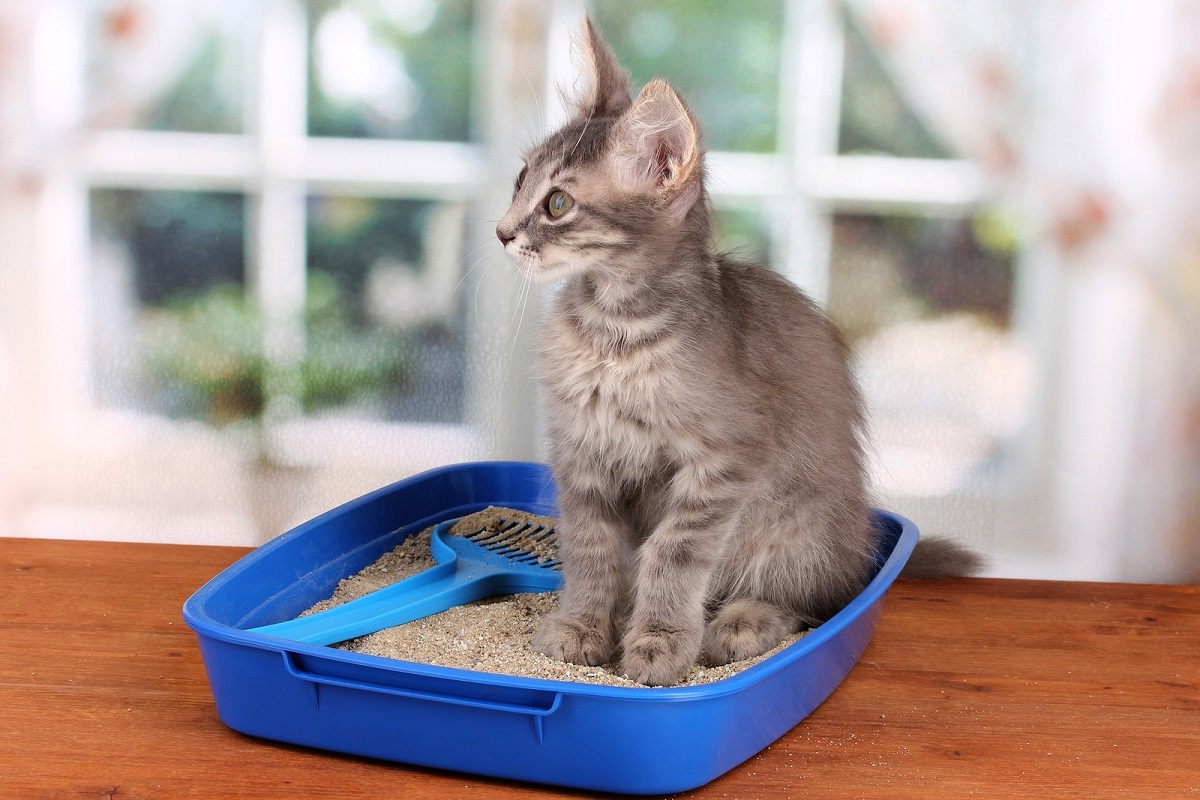
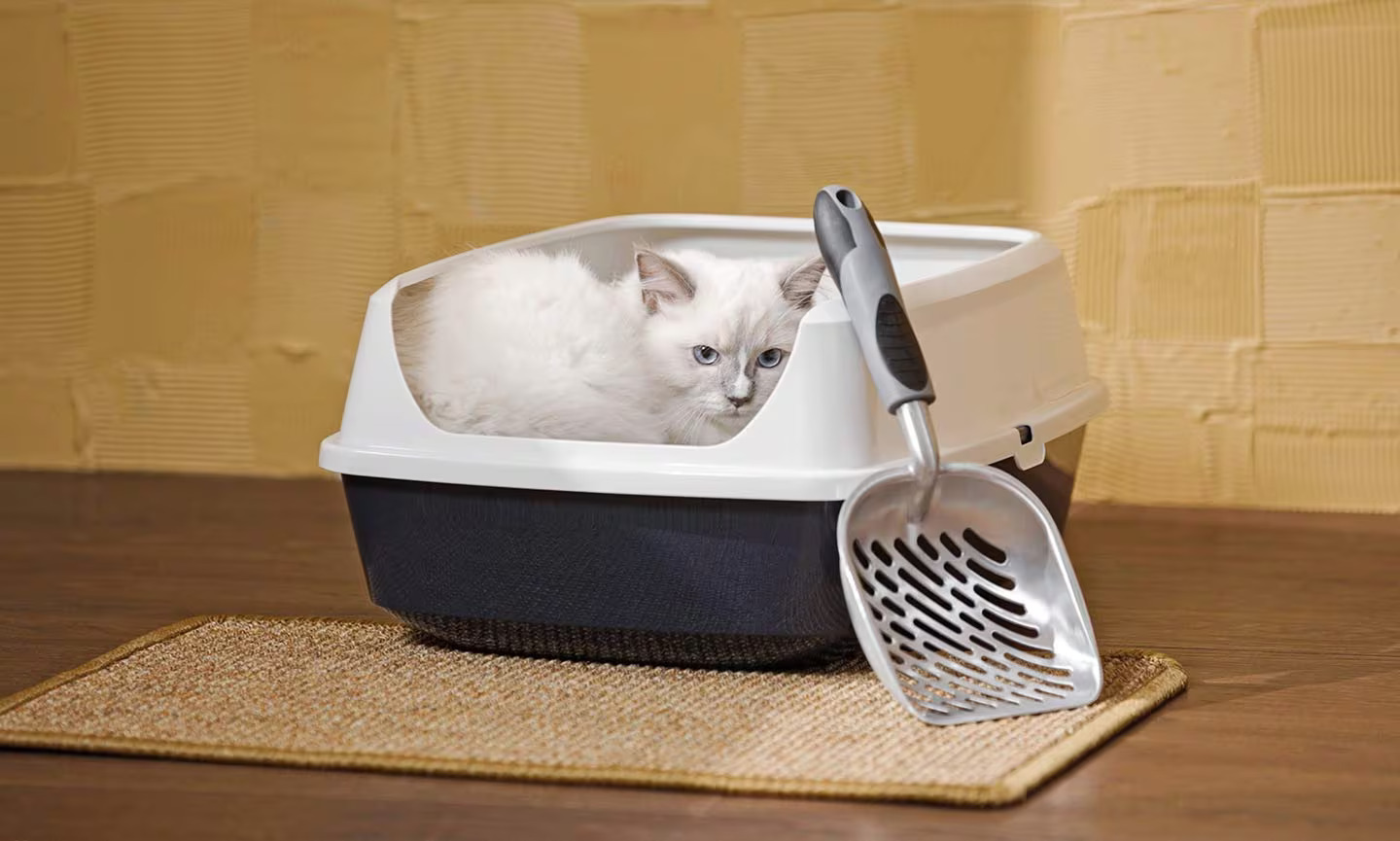

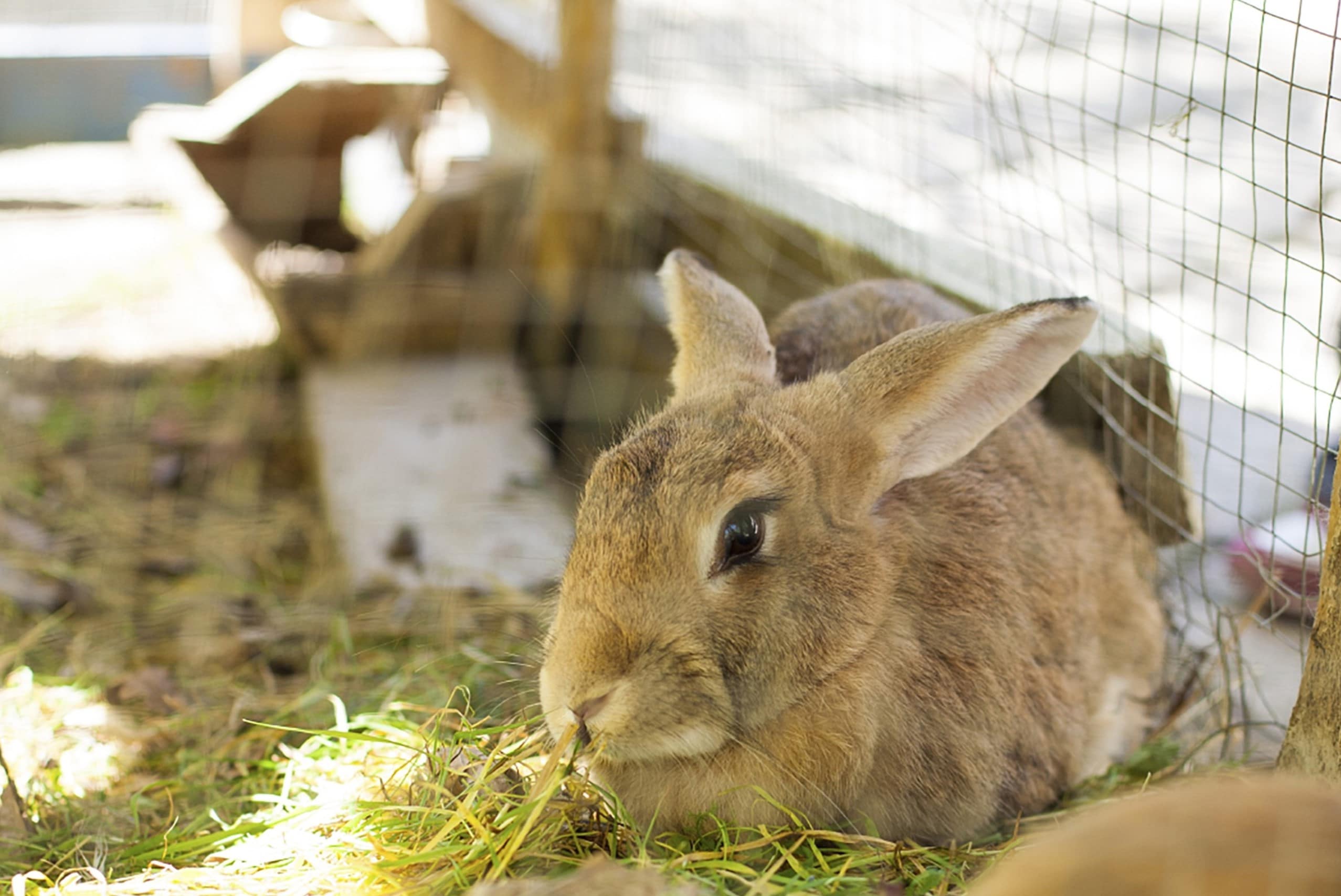

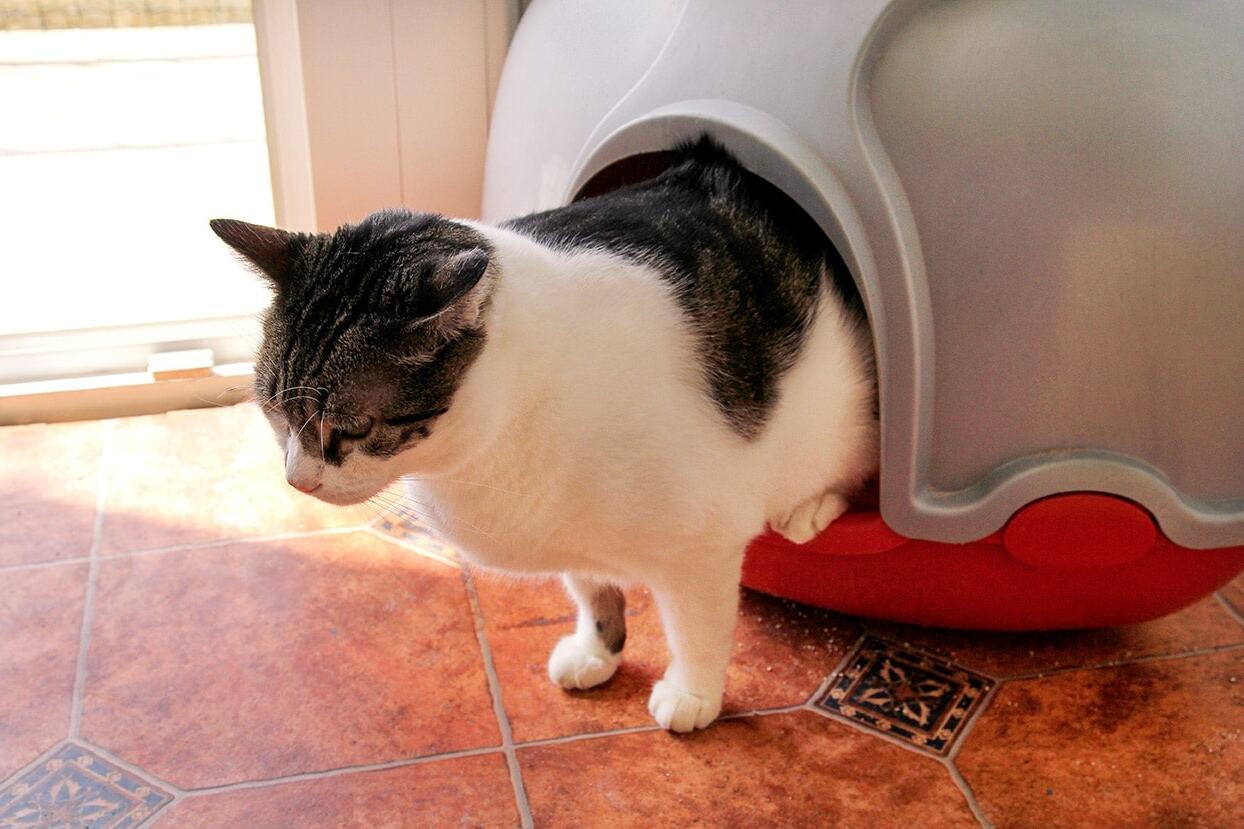


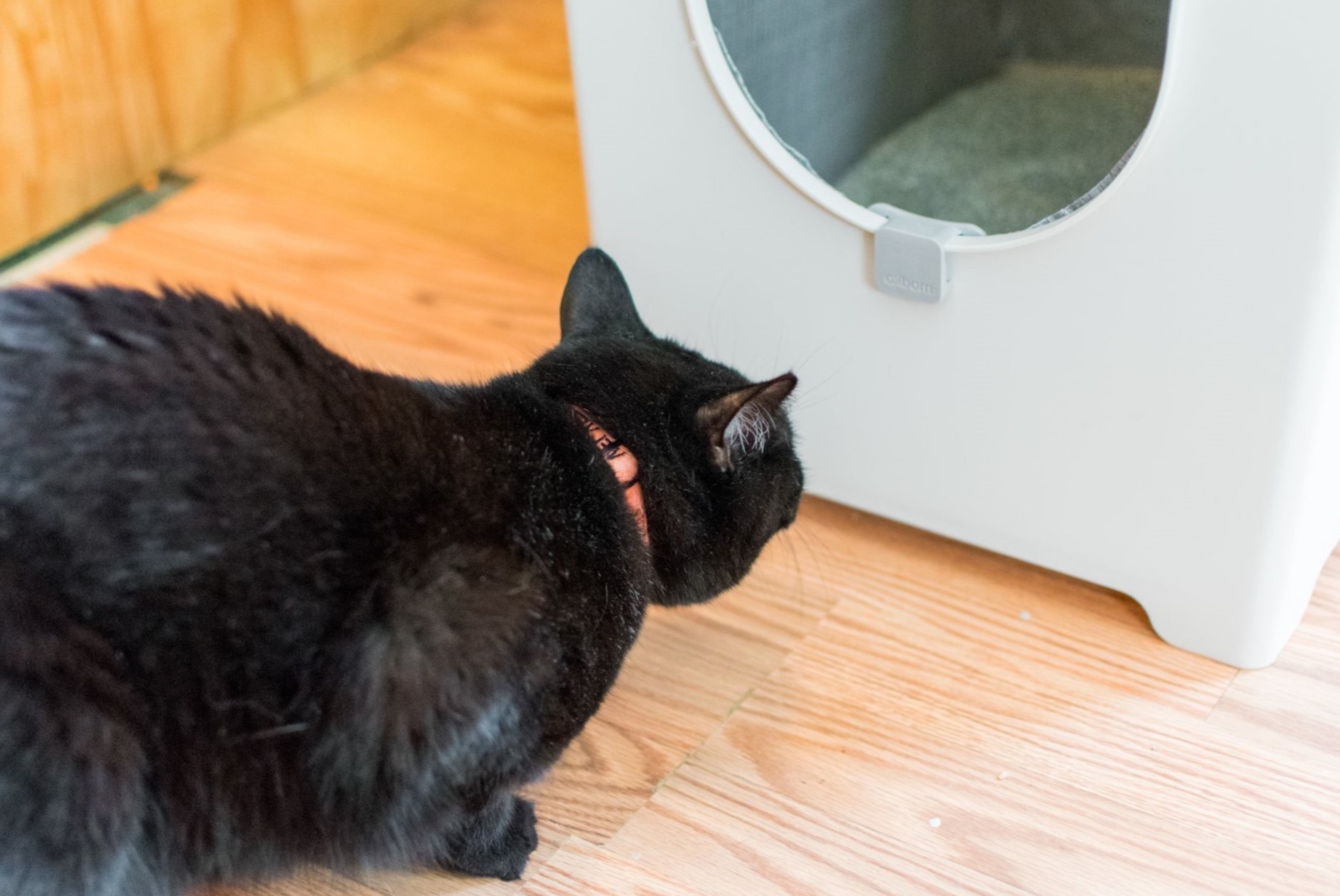

0 thoughts on “How To Train A Stray Cat To Use A Litter Box”